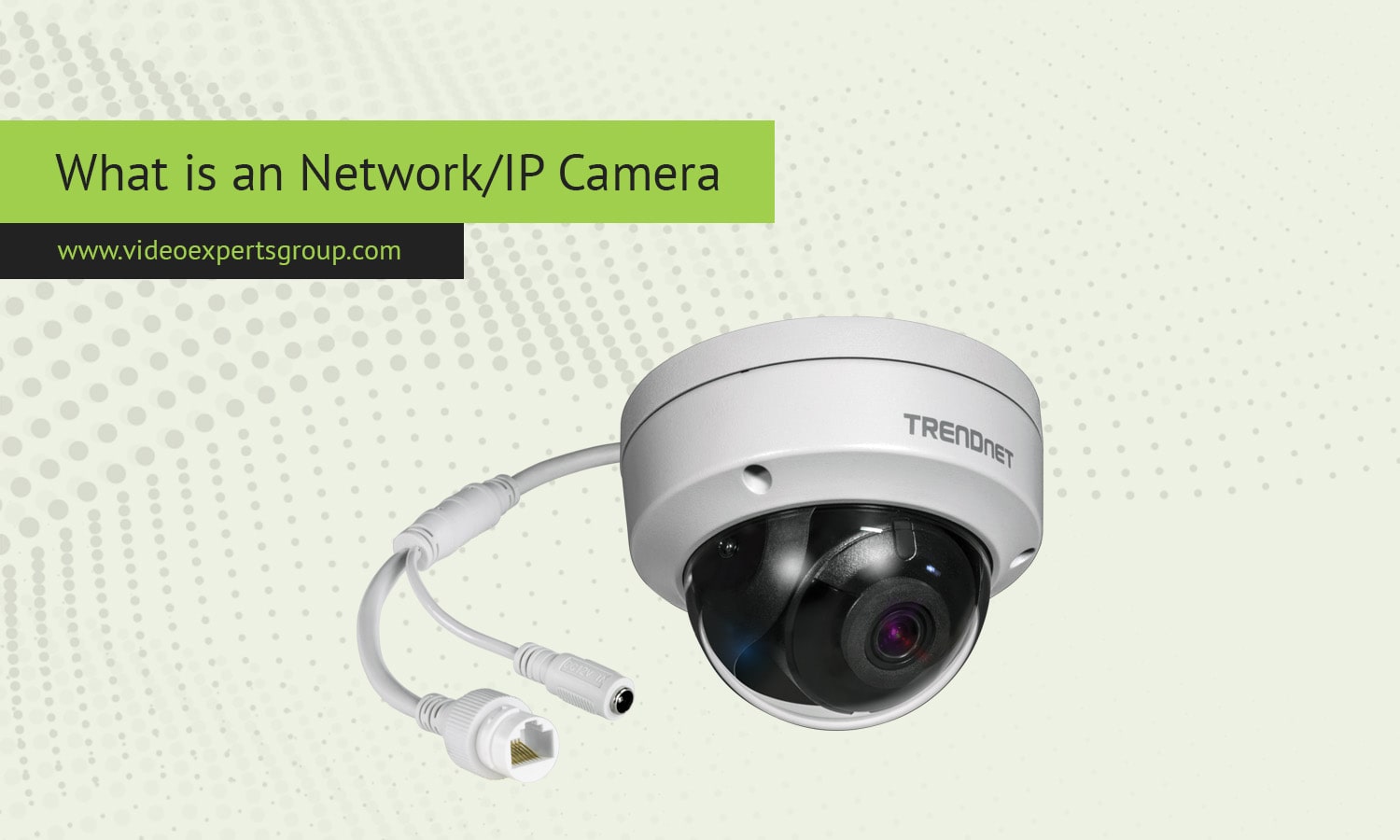Network or IP (Internet Protocol) cameras are an essential part of modern security and surveillance systems, revolutionizing the way we monitor and protect spaces. Unlike traditional analog cameras that require direct connection to recording devices through coaxial cables, IP cameras utilize the internet or local network to transmit video data. These cameras have become increasingly popular in homes, businesses, and public spaces due to their advanced features, flexibility, and scalability.
Let’s dive deeper into the meaning of IP cameras, their uses, and their benefits and drawbacks.
Meaning
A network or IP camera is a digital video camera that transmits video data over an IP network, such as the internet or a local area network (LAN). Unlike analog cameras, which convert video signals into a format compatible with analog video devices, IP cameras convert video data into a digital format that can be transmitted over networks.
These cameras work by capturing video footage and compressing it before sending it across the network to a receiving device like a computer, network video recorder (NVR), or even cloud storage. IP cameras often have built-in web servers, allowing users to access live footage remotely via smartphones, tablets, or computers through web browsers or dedicated apps.
IP cameras come in various forms, such as dome cameras, bullet cameras, and turret cameras, each designed for different types of surveillance environments.
What are Network/IP Cameras Used For?
Network/IP cameras are widely used in a variety of settings for security and monitoring purposes. Here are some common applications:
-
Home Security: Many homeowners use IP cameras to monitor their property, providing real-time surveillance and alerts in case of suspicious activity. Some IP cameras include motion detection features and can send instant notifications to a smartphone when triggered.
-
Business Surveillance: In commercial environments, IP cameras monitor offices, warehouses, retail stores, and industrial facilities to enhance security and deter theft. They help managers keep an eye on employee activity and can also improve customer service by tracking traffic flow in retail environments.
-
Public Safety: Law enforcement agencies often deploy IP cameras in public areas, such as streets, parks, and transportation hubs, to monitor crowds, track criminal activities, and enhance situational awareness. These cameras help deter crime and provide crucial evidence when needed.
-
Remote Monitoring: Network cameras are often used in remote or sensitive locations to monitor areas where physical access is limited or impractical, such as construction sites, oil fields, or critical infrastructure like power plants.
-
Traffic Management: IP cameras are used in traffic management systems to monitor and manage the flow of vehicles, identify traffic violations, and enhance road safety.
-
Smart Home Systems: Many modern smart home systems integrate IP cameras with other smart devices, allowing homeowners to automate security functions and monitor multiple devices from a single platform.
Pros and Cons
Like any technology, network/IP cameras have their own set of advantages and disadvantages. Below are some of the key pros and cons:
Pros:
-
High-Resolution Video: Unlike analog cameras, IP cameras offer superior image quality with high-resolution options such as 720p, 1080p, and even 4K. This enables better identification of individuals, license plates, and other critical details.
-
Remote Access and Control: One of the biggest benefits of IP cameras is the ability to view live footage from anywhere with an internet connection. Whether you’re across town or across the world, you can monitor your home or business in real-time.
-
Scalability: IP cameras are highly scalable, allowing users to easily add more cameras to a system without extensive rewiring or hardware upgrades. This is particularly useful in large facilities or expanding businesses.
-
Two-Way Communication: Many IP cameras come with built-in microphones and speakers, allowing for two-way audio communication. This is beneficial for interacting with visitors at the door or alerting intruders that they’re being watched.
-
Smart Features: Modern IP cameras often include smart features such as motion detection, facial recognition, object tracking, and even artificial intelligence (AI)-powered analytics. These features can help automate security tasks and provide valuable insights.
-
Wireless Capabilities: Wireless IP cameras eliminate the need for complex cabling, offering more flexibility in installation. They can be placed in hard-to-reach areas and still maintain a reliable connection to the network.
Cons:
-
High Bandwidth Usage: Since IP cameras transmit large amounts of digital data, they require a considerable amount of bandwidth to function optimally. This can lead to network congestion, especially when multiple cameras are streaming high-resolution video simultaneously.
-
Cost: IP cameras are generally more expensive than analog cameras, both in terms of initial setup and ongoing maintenance. However, the added features and better quality often justify the higher price point.
-
Potential Security Vulnerabilities: Because IP cameras are connected to the internet, they are vulnerable to hacking if not properly secured. Poorly configured cameras or outdated firmware can become entry points for cybercriminals.
-
Complex Installation: While IP cameras offer many advanced features, their installation can be more complex than analog systems, especially if users need to configure network settings, firewalls, and storage solutions.
-
Power Requirements: Many IP cameras are powered through Power over Ethernet (PoE) technology, which simplifies cabling but can also limit placement if power sources are not available. Wireless cameras rely on batteries, which need to be regularly replaced or recharged.
Network/IP cameras offer powerful surveillance capabilities that surpass traditional analog systems in terms of image quality, flexibility, and features. Whether for home security, business surveillance, or public safety, these cameras provide real-time, high-quality video that can be accessed remotely from anywhere in the world. However, potential downsides like higher costs, bandwidth demands, and security vulnerabilities should be carefully considered when planning a surveillance system. Overall, the benefits of IP cameras make them an indispensable tool in modern security and monitoring applications.
















